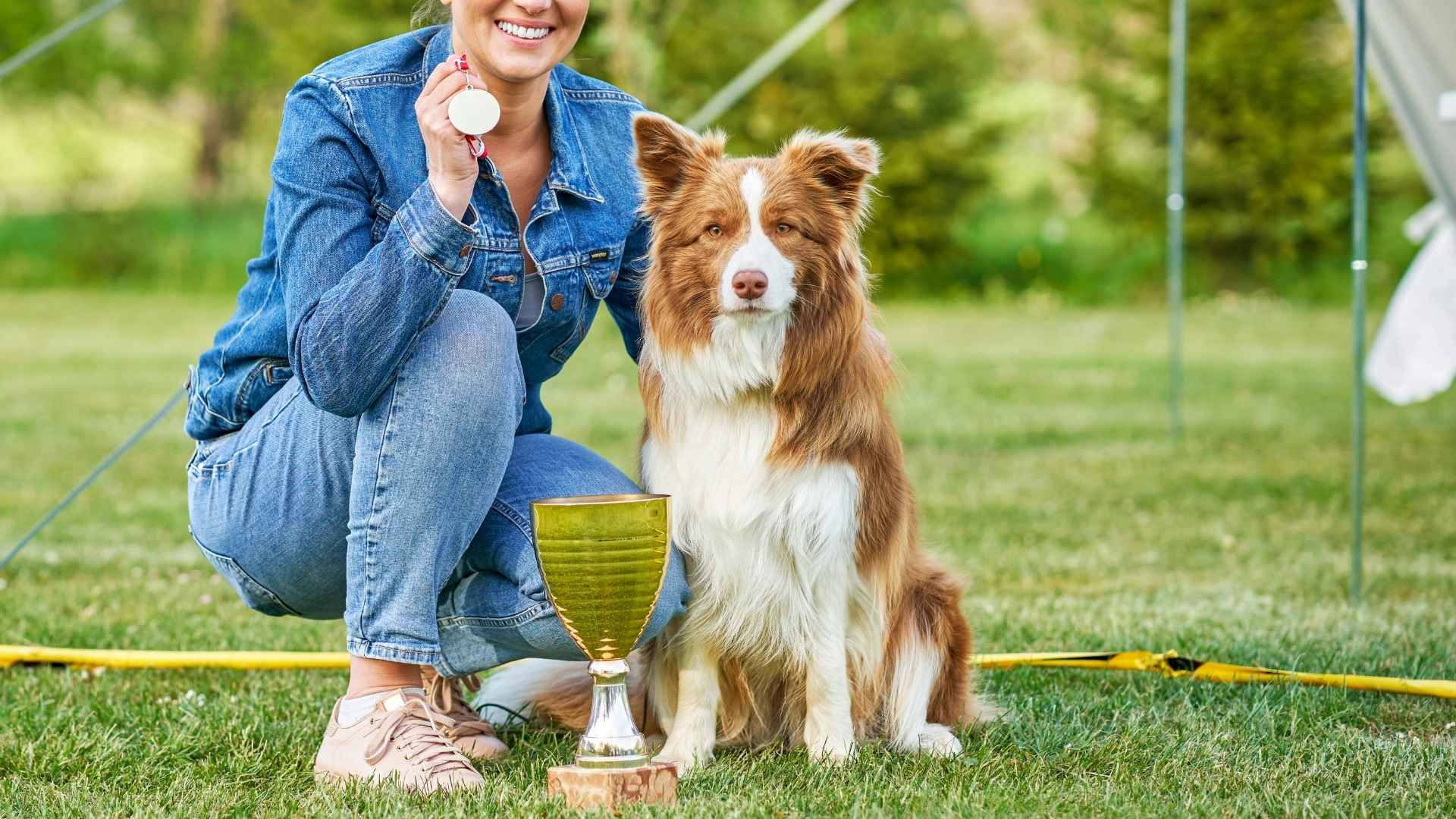Dogs have long been cherished as loyal companions, but some stand out for more than just their affectionate nature. Certain breeds possess remarkable intelligence, making them quick learners, problem solvers, and eager partners in both work and play.
These dogs don’t just follow commands—they anticipate needs, adapt to situations, and excel in roles ranging from herding to service work.
What makes these breeds so smart is no accident. Many descend from working lines where intelligence, obedience, and trainability were essential for survival and success.
Generations of selective breeding honed their instincts, sharpening their natural abilities and creating dogs that thrive when given challenges. Whether it’s guiding livestock, assisting humans with disabilities, or shining in competitive sports, their brilliance shines through.
Of course, raising such bright breeds comes with responsibility. Their active minds require consistent training, games, and mental stimulation to prevent boredom. With the right care and dedication, these dogs never fail to impress, proving why they’ve earned their place among the smartest dog breeds in the world
Smartest Dog Breeds That Never Fail
1. Border Collie
The Border Collie, often celebrated as the most intelligent dog breed, has roots tracing back to the border regions of England and Scotland, where it was developed for herding livestock. Medium in size yet powerful in ability, this breed typically stands 18–22 inches tall and weighs between 30–55 pounds.
With a life expectancy of 12–15 years, Border Collies are recognized for their boundless energy, keen eyes, and remarkable agility. Their double coat—either rough or smooth—comes in various color patterns, and their piercing “herding gaze” is one of their most distinct features.
Highly trainable and endlessly enthusiastic, Border Collies thrive when given jobs to do. They excel not only in herding but also in canine sports such as agility, obedience, and disc competitions. AKC says these energetic dogs are happy to settle down for cuddle time once the workday is over.
Their intelligence makes them quick learners, but without proper stimulation, they can channel their energy into undesirable habits like excessive barking or chewing. For active families or dedicated owners, they become affectionate, loyal companions who love both mental and physical challenges.
Fun Fact: A Border Collie named Chaser became famous for recognizing and retrieving over 1,000 toys by name, making her one of the most linguistically talented non-human animals ever studied.
2. Poodle
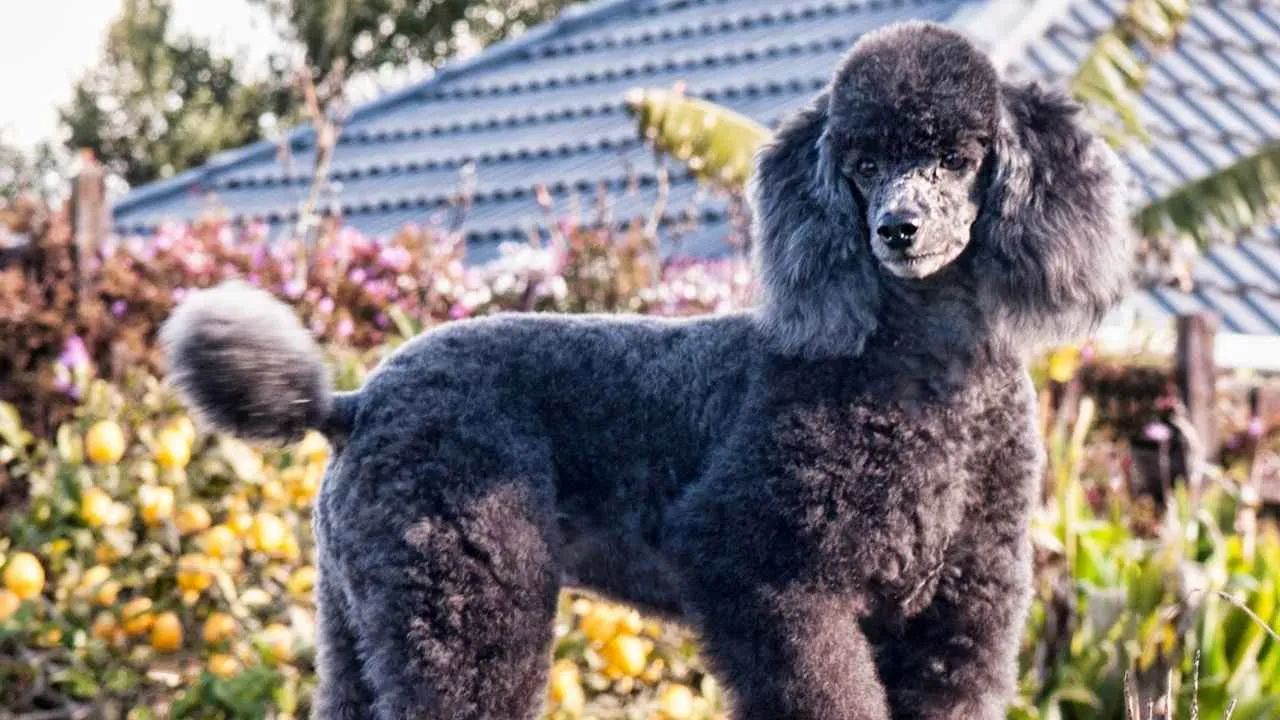
The Poodle, often nicknamed the “French Poodle” though bred in Germany, is one of the most versatile and intelligent dog breeds. PetMD says Standard Poodles are athletic water dogs that were originally bred for hunting waterfowl. Belonging to the Non-Sporting group, this breed later became a favorite companion among European aristocracy.
Poodles come in three sizes—Standard (over 15 inches tall), Miniature (up to 15 inches), and Toy (10 inches or under)—and typically weigh between 6 and 70 pounds depending on size. With a lifespan of 12–15 years, they are admired for their hypoallergenic curly coats, sharp expressions, and elegant build.
Despite their “posh” appearance, Poodles are energetic athletes. Their intelligence is ranked second only to the Border Collie, making them highly trainable and eager to take on tasks.
Historically, they were even used during wartime to deliver supplies across battlefields, a testament to their obedience and quick learning ability. Today, they thrive in activities like agility sports, hunting, and tracking, while also excelling in obedience competitions.
Fun fact: During the Renaissance, Poodles were often featured in paintings and became a symbol of refinement, but their playful sense of humor and love for tricks prove they are as fun-loving as they are brilliant.
3. German Shepherd
The German Shepherd, also known as the Alsatian in some regions, is a versatile working breed originally developed in Germany during the late 19th century. WebMD says German Shepherds are intelligent, loyal, and protective.
Initially bred for herding sheep and guarding flocks, the breed quickly proved its intelligence, adaptability, and courage in other roles. Standing between 22–26 inches tall and weighing 50–90 pounds, German Shepherds are large, athletic, and muscular dogs with a noble and confident stance.
Their life expectancy typically ranges from 9 to 13 years. Belonging to the Herding Group, they are celebrated for their loyalty, steady temperament, and unmatched trainability.
Renowned as one of the smartest breeds, German Shepherds excel in tasks that demand quick thinking and independent decision-making. Their sharp intelligence makes them sought after for roles in police forces, military units, and search-and-rescue teams.
They thrive under structured training, learning complex commands with ease, while their natural protective instincts make them reliable family guardians. However, their high energy levels mean they require consistent exercise, mental challenges, and early socialization to prevent behavioral issues.
Fun Fact: German Shepherds are among the most popular service dogs worldwide, often trained as guide dogs, therapy companions, and even medical alert dogs due to their keen intuition and unwavering dedication.
4. Golden Retriever
The Golden Retriever, also known simply as the “Golden,” originated in 19th-century Scotland, where it was developed by Lord Tweedmouth as a skilled gundog for retrieving game on both land and water. This medium-sized breed typically stands between 21–24 inches tall and weighs 55–75 pounds.
Recognized for its flowing golden double coat, muscular frame, and kind expression, the Golden belongs to the Sporting Group and enjoys a lifespan of 10–12 years.
Beyond their beauty, Goldens are valued for their intelligence, gentle temperament, and eagerness to please, making them both exceptional workers and beloved family companions.
Golden Retrievers excel not only in obedience but also in their consistent ability to adapt to various roles. Bred as hunting companions, their agility and stamina also make them favorites in search-and-rescue missions.
With the capacity to learn up to 200 commands, they are widely chosen as service dogs for individuals with disabilities. Their cooperative spirit, coupled with a sunny disposition, ensures they remain dependable in any setting—from guiding the blind to competing in agility sports.
Interestingly, Golden Retrievers maintain their playful, puppy-like energy well into adulthood, which adds to their charm as both workers and companions.
Fact: Records from Lord Tweedmouth’s estate (1835–1890) document the Golden Retriever’s exact development, later published in Country Life magazine in 1952, confirming its storied origins.
5. Doberman Pinscher
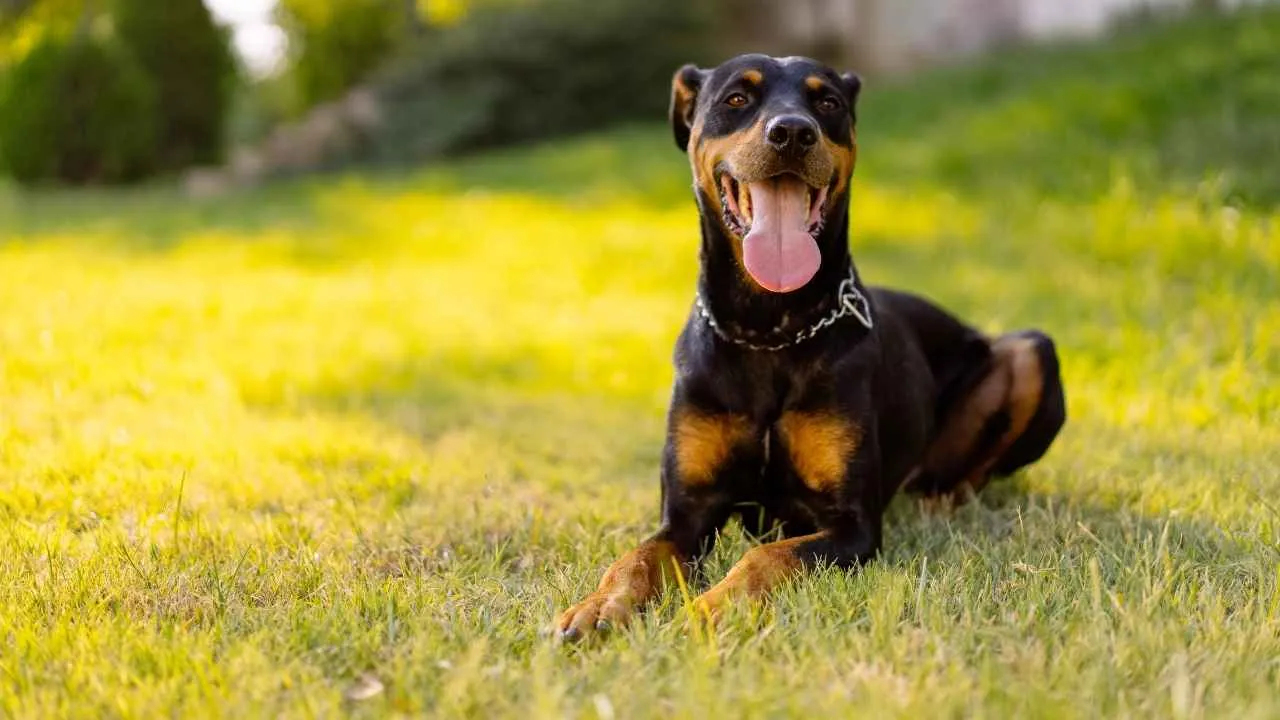
The Doberman Pinscher, often referred to simply as the Doberman, is a sleek and athletic breed developed in late 19th-century Germany by Karl Friedrich Louis Dobermann, who sought the perfect protector and companion.
These dogs stand between 24–28 inches tall and weigh 60–100 pounds, combining a muscular frame with elegant lines. Their glossy coats come in striking shades of black, red, blue, or fawn with rust markings, and their wedge-shaped head adds to their noble, commanding appearance.
With a life span of 10–12 years, they belong to the Working Group and are prized for their sharp intelligence and loyalty.
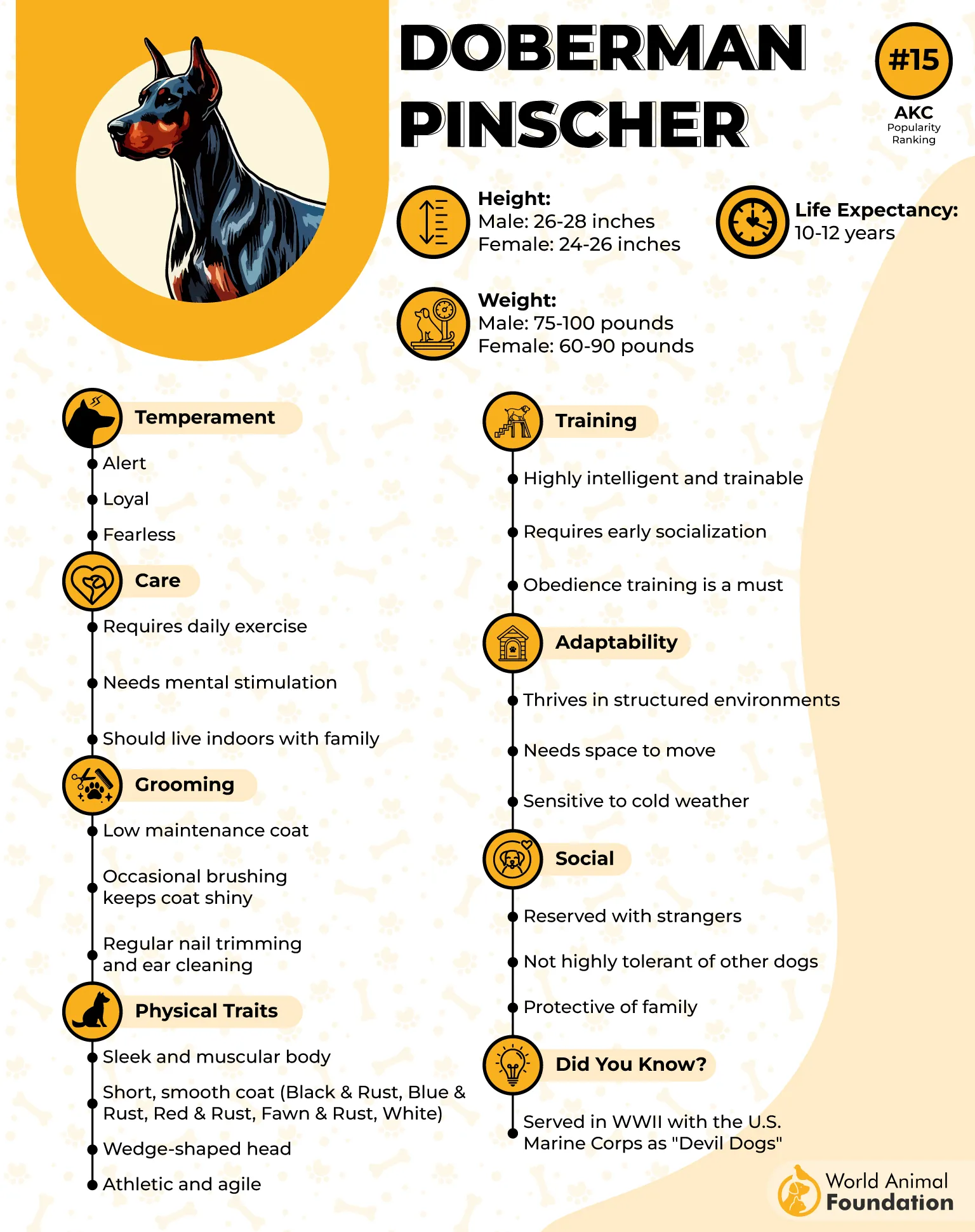
Dobermans excel as guardians, but they are also affectionate family dogs when properly trained and socialized. Their keen intelligence allows them to pick up commands quickly, making them stars in obedience and protection work.

Highly energetic and curious, they require consistent mental and physical stimulation to avoid destructive behaviors. Because of their protective instincts, they can be cautious with strangers, but their deep devotion to family makes them one of the most reliable breeds.
Did you know? Despite their intimidating reputation, Dobermans today are far less aggressive than their ancestors and are often described as affectionate, loyal companions when raised with care.
6. Shetland Sheepdog
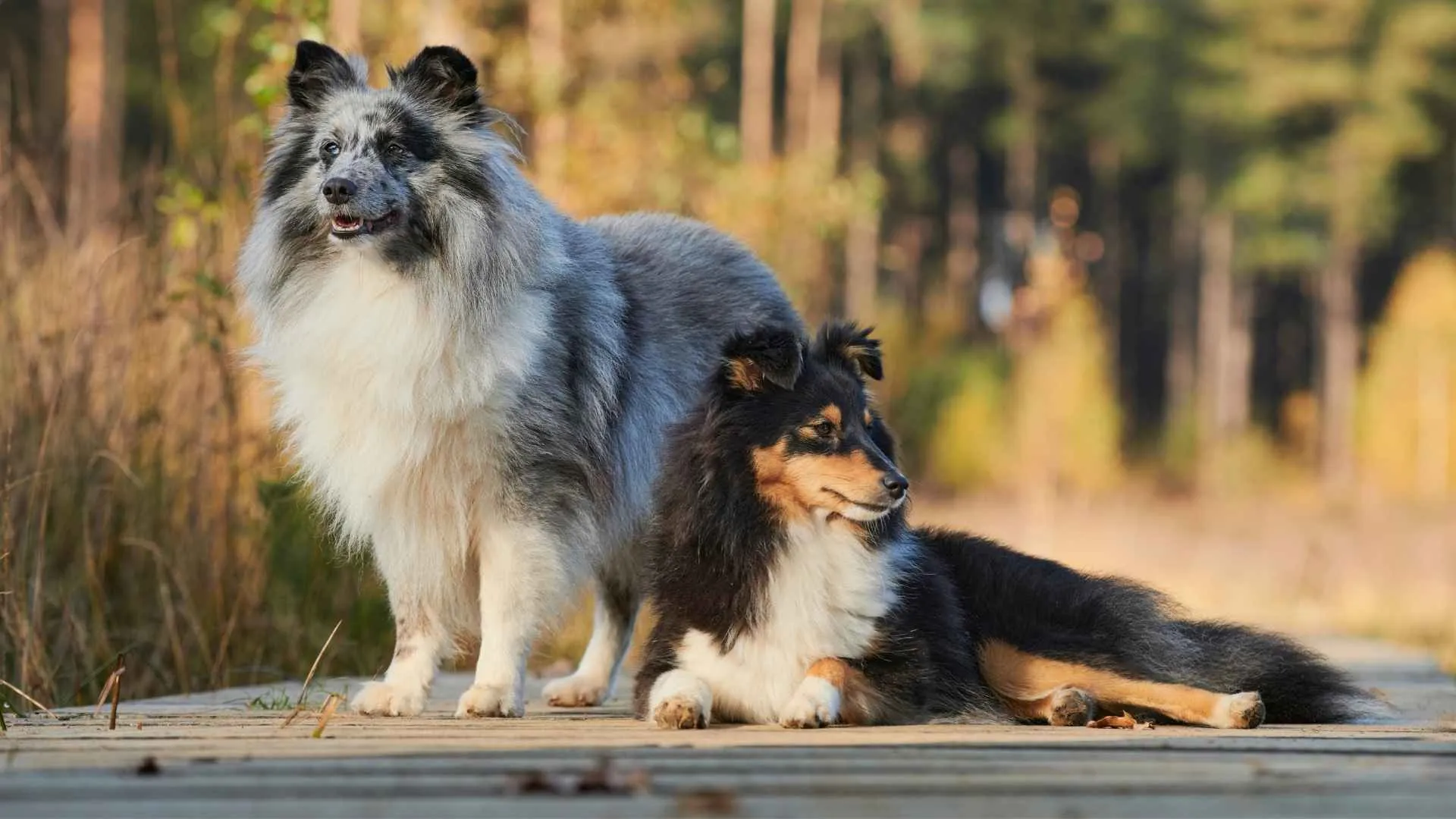
The Shetland Sheepdog, affectionately called the Sheltie, hails from Scotland’s rugged Shetland Islands. Originally bred as a smaller cousin to the Collie, this breed was valued by farmers for its ability to herd not just sheep, but also ponies and poultry.
Standing between 13–16 inches tall and weighing around 15–25 pounds, Shelties carry a dense double coat that comes in shades of sable, blue merle, and black with striking white markings. With a life span of 12–14 years, they are known for their elegance, intelligence, and boundless energy.
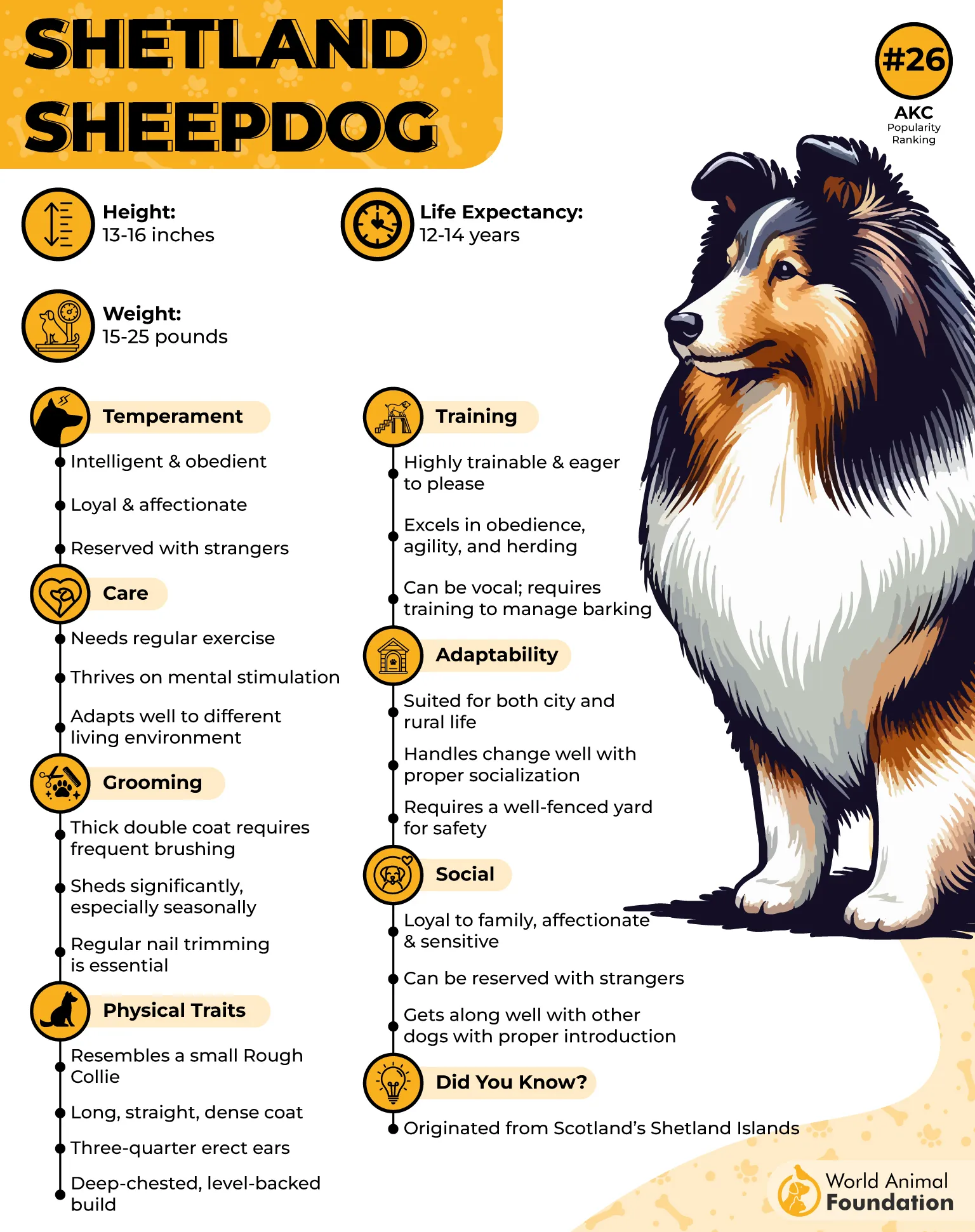
Shelties shine when it comes to intelligence, consistently ranking high on lists of the world’s smartest dog breeds. They are quick learners, often mastering new commands after just a few repetitions, making them favorites in agility and obedience competitions.
Their eagerness to please, paired with their sharp instincts, makes them ideal companions for active families. Shelties are sensitive to their owners’ emotions, forming strong bonds and acting as natural watchdogs with their alertness and tendency to bark at anything unusual.
Fun fact: Farmers originally bred Shelties to perform the same herding duties as larger dogs, but on less food—earning them the nickname “the collie’s little cousin.”
7. Labrador Retriever
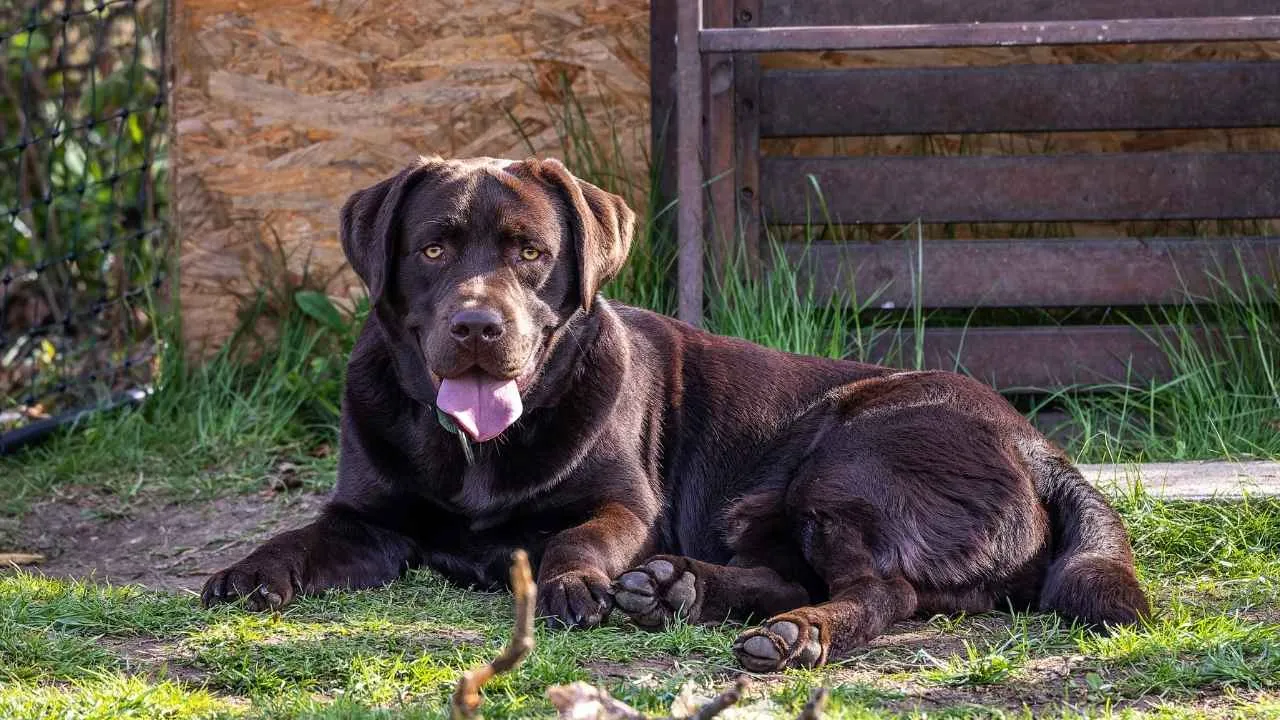
The Labrador Retriever, often simply called the “Lab,” traces its roots back to Newfoundland, where it descended from the St. John’s Dog before being refined in 19th-century England. Belonging to the Sporting Group, this medium-to-large breed stands between 21.5 and 24.5 inches tall and weighs 55 to 80 pounds.
Known for its sturdy, athletic frame, water-repellent double coat, and signature “otter tail,” the Lab comes in black, yellow, and chocolate. With a life expectancy of 10–12 years, it remains one of the most beloved and versatile family companions in the world.
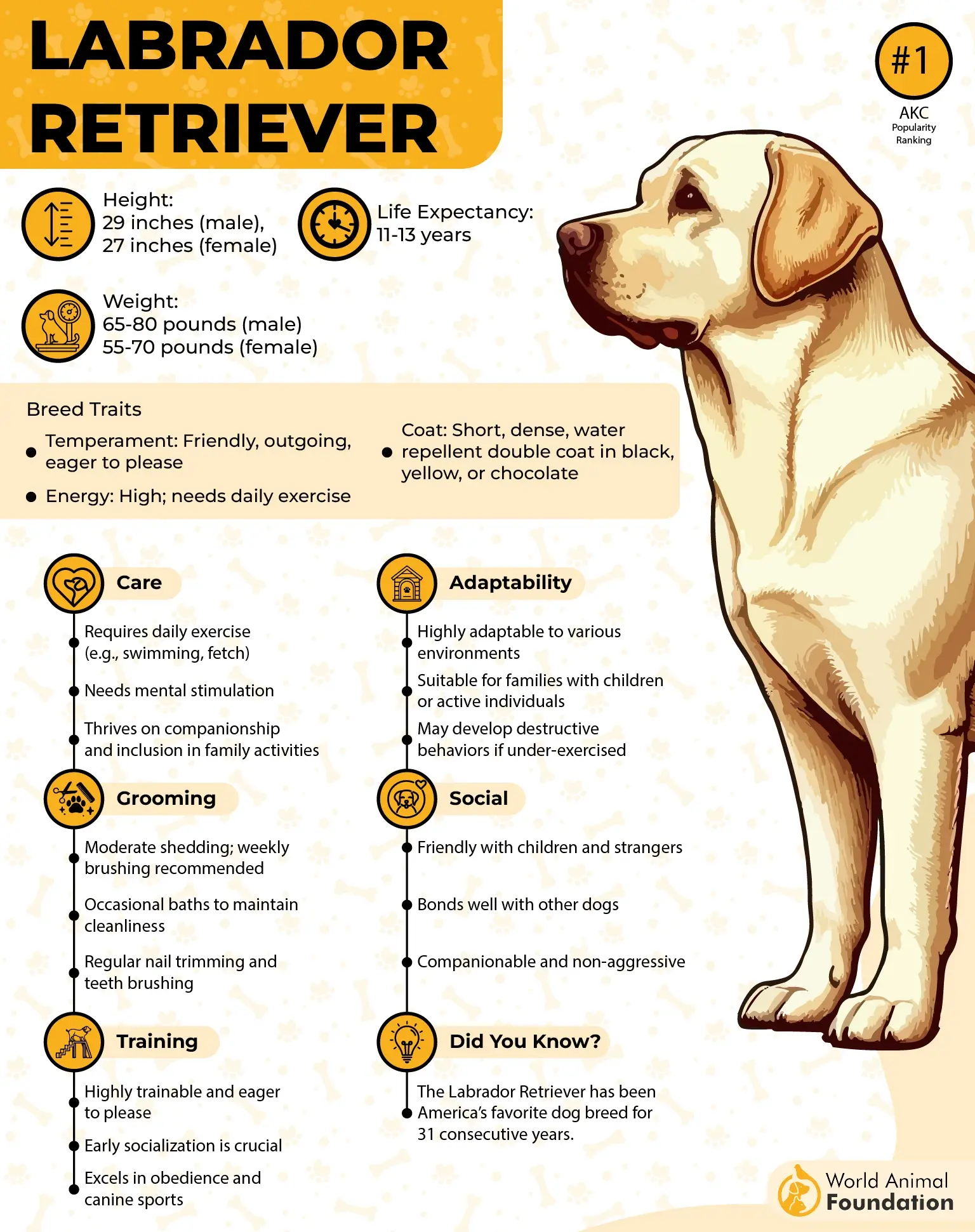
Labradors rank among the top intelligent breeds, celebrated for their quick learning and problem-solving abilities. Their eagerness to please and natural curiosity make them self-trainers—often picking up behaviors by observing humans.
This quality, combined with their affectionate and social nature, makes them highly effective service dogs, therapy animals, and even search-and-rescue workers. Labs thrive in active households, requiring consistent exercise like swimming, hiking, or long games of fetch to keep both mind and body engaged.
Did you know? Labradors have been America’s most popular dog breed for decades, holding the record for the longest reign at the top of the American Kennel Club’s rankings.
Conclusion
The smartest dog breeds never fail to amaze us with their loyalty, intelligence, and adaptability. From herding dogs with sharp instincts to working dogs excelling as therapy dogs or search and rescue dogs, these clever dog breeds continue to prove their unmatched value in human lives. Their ability to learn quickly, respond to training, and adapt to different environments makes them reliable companions for families and professionals alike.
Beyond the well-known retrievers and collies, other remarkable breeds also stand out. The Australian Cattle Dog and English Springer Spaniel are both highly skilled in fieldwork, while the Miniature Schnauzer is known for excelling in obedience and agility competitions.
Many of these breeds shine in dog sports, perform bravely as military dogs, and show deep empathy as therapy dogs. Whether guiding, guarding, or competing, their brilliance ensures they remain some of the most trusted and capable dogs in the world.


